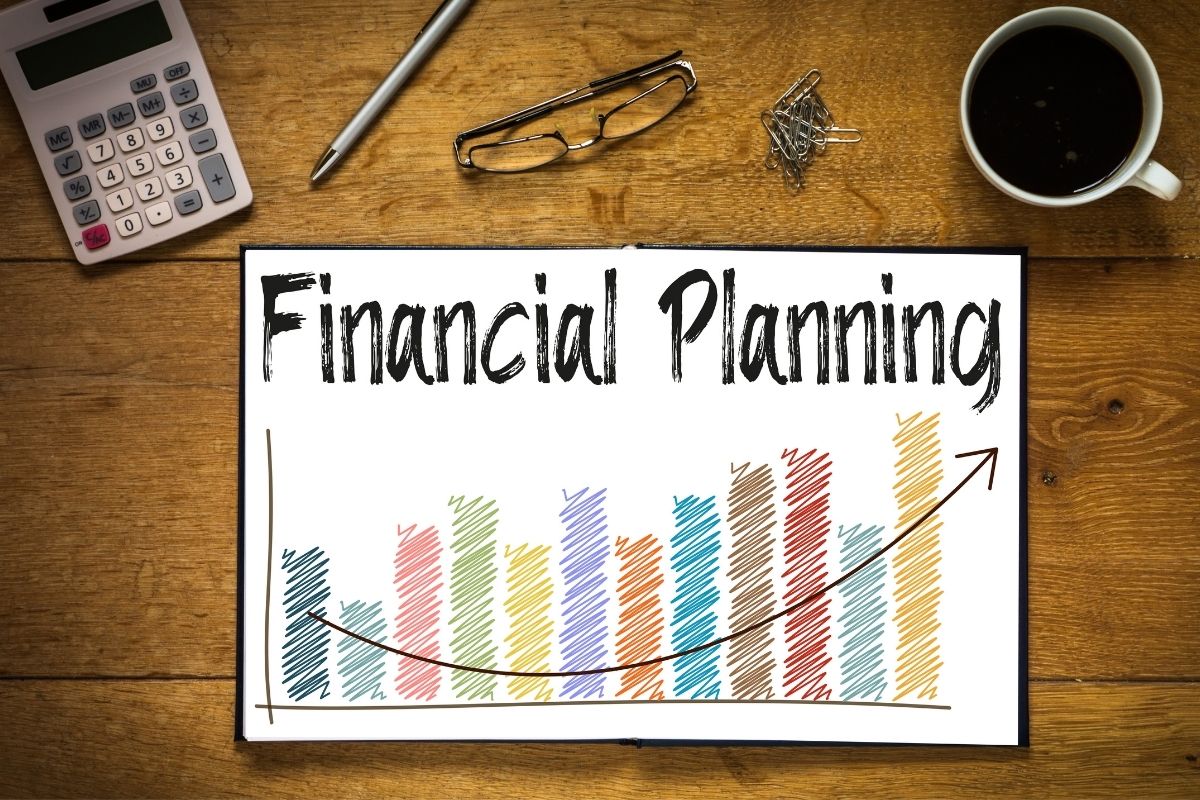How much does the average 40-year-old have in savings?

On average, most 40-year-olds in the US do not have as much money in their savings as they might like.
They also have a mortgage of about $250,000 on their home; car payments of around $200 per month; credit card debt of more than $1,000; and an estimated $7,000 in student loan debt.
We take a look at this in closer detail and tell you just how much you should have in your savings as a 40-year-old compared to what the average 40-year-old American has in their account. Let’s jump right in.
Saving In Your 40s
Saving money should be your top priority during your 40s and may need to change some of your priorities as you get older. Your children will probably grow up and leave home, leaving more room for you to save.
Also, you’ll likely start paying off student loans or other debts.
Being aware of benchmarks and ranges helps you understand how much you need to save each month in your 40s, and you may even want to increase your savings in your late thirties because you are closer to reaching these milestones.
Emergency Savings In Your 40s
No matter where you are in your life or age, the one thing you need to always remember is to have an emergency fund. You need to save money in case something bad happens.
Whether this is house maintenance, helping your children with housing or college, or even a medical emergency.
While an emergency fund is so important, only 39% of Americans have enough saved to cover a $1,000 emergency. Ideally, your emergency fund should have at least 3 to 6 months’ worth of living expenses.
This means, if you ever need to, you can cover all your essentials, from your mortgage, to medical costs and your prescriptions.
An emergency fund is a key part of financial well-being. The average 40-year-old’s monthly spending for essential and nonessential is $5,933 according to the 2018 Consumer Expenditure Survey.
This means they should have about $17,800-$35,600 in their emergency fund and if you spend more or less than this figure, you should adjust accordingly.
How Much Is Ideal To Have Saved At 40?
Ideally, in your emergency fund, you should have an emergency fund of 3-6 months’ worth of expenditures, your retirement pot should be at least three times your income, vacation savings need to be worked out at around $2000 per person, depending on where you want to go, and you should also have up to around $8000 for house repairs or any new furniture you might need.
Other expenses you might need to take into account when working out how much you need to save is the price of cars, that down payments on a home are usually 20% of the home value and college tuition for kids could be up to around $200,000.
Retirement Savings
A person in their late 30s or early 40s should have about 3x their annual household income saved up for retirement, whether that is in a retirement plan or on their own.
For a couple making $95k/yr, the amount should be closer to 6x their annual income.
You should save enough money to retire by 65 years old, and your savings should be three times bigger than your current annual salary. Don’t be afraid to invest in a retirement fund even though you’re not retired yet.
You’ll benefit from compound interest when you do retire.
Employees who contribute to a 401 (k) plan, 403 (b) plan, or 457 can contribute up to $19,500 per year, as of 2020, but once you reach 50 years of old, you’re eligible to contribute an additional $6,000 per year in catch-up contributions, too.
What Has The Average 40-year-Old Got In Savings?
However, here is the real question. What if I don’t have hundreds of thousands of dollars saved?
Well, neither does the average 40-year-old. Only around 55% of Americans between 35 and 44 have a retirement account, and the median balance is only $60,000 leading the average savings pot of a 40-year-old to be just $63,000.
Whilst the median net worth for this age group is $91,110 (Federal Reserve’s 2019 Consumer Finances Survey), only a little over one-third of the demographic have student loan debt of $21,000. Moreover, around half of these people also have a credit card balance, with a median balance of $2,700.
What Is The Best Way For Someone To Save Money?

Saving money can be done in many ways. Some people prefer to put it into a 401k plan at work while others choose to set up a separate checking account where they deposit money every week.
And then some opt to use a combination of both methods.
If you want to learn how to save money, here are five tips that can help you get started.
1. Start Saving Now
It may seem like a good idea to start saving when you have time away from work and have no bills to pay. But if you wait until later on in life when this might be the case, it might be too late.
You need to start saving as soon as possible so that you can build up a substantial amount of money before you retire.
2. Make A Budget
You should always keep track of what you spend each month. This helps you stay within budget and helps you to avoid spending more than you earn.
Once you know exactly how much you spend each month, you can figure out how much you can put away to save.
3. Set Up Automatic Transfers
You should transfer any extra money you receive during the month directly into your savings account.
It’s easy to forget about these small amounts, but if you miss them, it could mean missing out on hundreds or even thousands of dollars over several years.
4. Pay Yourself First
When you get paid, try paying yourself first, instead of using the money to buy something else.
For example, if you get paid $100, you could put half of it towards your savings and the other half towards buying groceries, household bills, etc.
5. Use Your Credit Card Wisely
Credit cards can be great tools to help you save money. However, you must use them wisely. Don’t charge everything you see!
Instead, only purchase items that you truly need and if you pay back what you owe quickly, your credit card will increase.
If you find yourself carrying a balance, consider making smaller purchases rather than larger ones and make the larger ones only when you have the money in your account.
Moreover, if you charge recurring bills onto a credit card, some companies will provide you with rewards such as a significant amount of cashback.
Final Thoughts
We hope after reading this article you have learned a little more about how much money the average 40-year-old has in savings and if you are reaching that age and the milestones that come with it, why it is so important to start a savings plan now.
Although the average 40-year-old has fewer savings than they might like, by using our saving tips, you could be on your way to a better lifestyle in retirement and an emergency fund in no time. Time to get saving!
Financial Disclaimer
This post contains sponsored advertising content. This content is for informational purposes only and not intended to be investing advice.
The investing information provided on this page is for educational purposes only. compundingstacks.com does not offer advisory or brokerage services, nor does it recommend or advise investors to buy or sell particular stocks or securities.
The owner(s) of this blog is compensated to provide opinion on products, services, websites, and other topics. The owner(s) may be compensated if you click on a provided link and purchase or sign up for a service. Any product claim or advice about a product or service should be verified with the manufacturer, provider, or party in question. Copyright Compounding Stacks © 2022
- Is Coinbase Safe For Beginners? - March 25, 2022
- Are Penny Stocks Good For Beginners? - March 25, 2022
- Why You Shouldn’t Save Your Money In A Bank? - March 25, 2022

